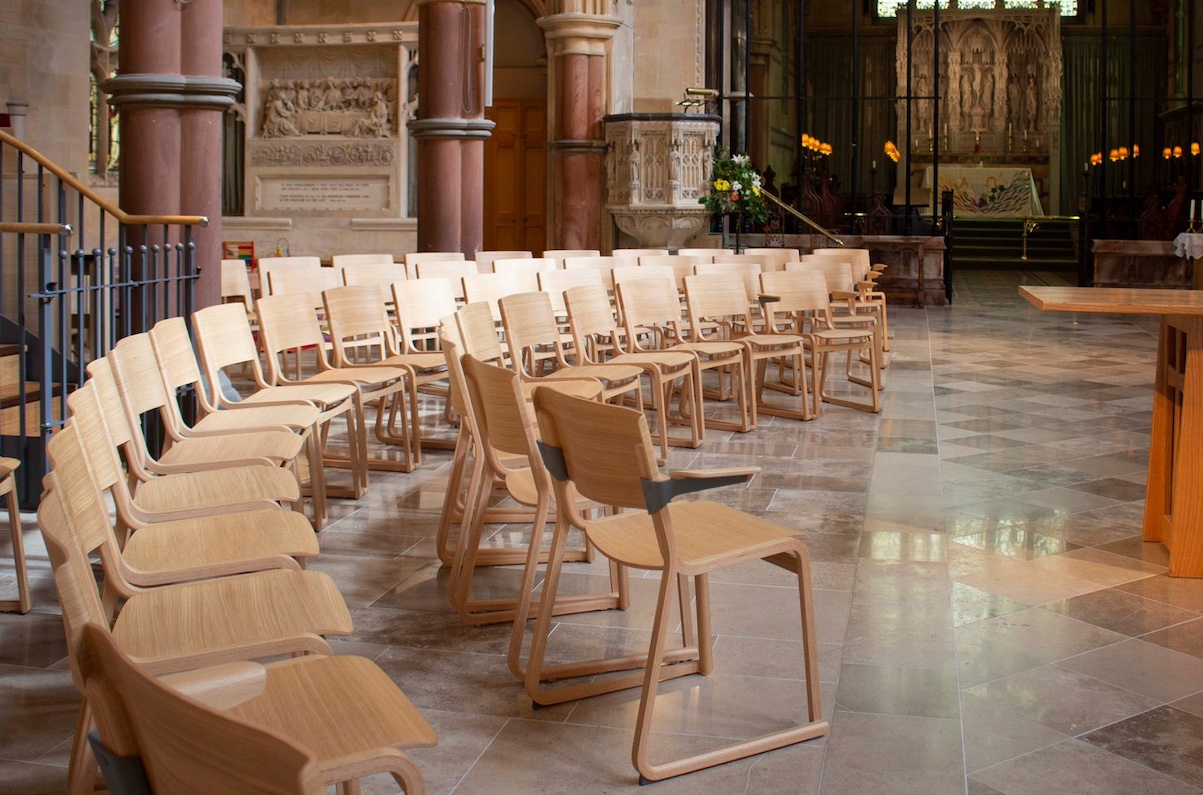Church chairs, essential furnishings in places of worship, have evolved significantly over the years. This article delves into the intricacies of the church chair industry, exploring its history, materials, design innovations, manufacturing processes, market dynamics, and future trends.
Historical Background
The history of church seating dates back centuries, with early Christian churches using simple benches or pews. In medieval Europe, churches often featured stone or wooden benches. The Reformation in the 16th century saw a shift towards more inclusive seating arrangements, leading to the development of pews as we recognize them today. The 20th century introduced the concept of individual church chairs, offering flexibility and comfort.
Materials Used in Church Chairs
The materials used in church chairs have evolved, reflecting changes in technology and design preferences. Common materials include:
- Wood: Traditional church chairs are often made from high-quality hardwoods like oak, maple, or cherry, known for their durability and aesthetic appeal.
- Metal: Modern church chairs frequently use metal frames, usually steel or aluminum, for their strength and lightweight properties.
- Upholstery: Fabrics and foams used in cushioning provide comfort. Options range from vinyl and leather to durable, stain-resistant textiles.
- Plastic and Composite Materials: These materials are used for lightweight, stackable chairs that are easy to maintain and transport.
Design Innovations
Contemporary church chairs are designed with both functionality and aesthetics in mind. Key design elements include:
- Ergonomics: Chairs are crafted to support posture and provide comfort during long services.
- Stackability and Portability: Many modern church chairs are stackable, facilitating easy storage and space reconfiguration.
- Customizability: Churches can choose from various colors, fabrics, and finishes to match their interior décor.
- Integrated Features: Options such as book racks, communion cup holders, and kneelers enhance functionality.
- Durability: Chairs are built to withstand frequent use, with materials and construction techniques that enhance longevity.
Manufacturing Processes
The production of church chairs involves several stages:
- Design and Prototyping: Manufacturers work with churches to design chairs that meet specific needs. Prototypes are created for testing.
- Material Sourcing: High-quality materials are sourced to ensure durability and aesthetic appeal.
- Fabrication: Components are fabricated using techniques such as cutting, welding, and molding.
- Assembly: Chairs are assembled, with attention to detail to ensure structural integrity and comfort.
- Finishing: Chairs are finished with paint, varnish, or upholstery.
- Quality Control: Rigorous testing is conducted to ensure chairs meet safety and durability standards.
Market Dynamics
The church chair industry is influenced by several market dynamics:
- Demand: Driven by the growth of religious congregations, new church construction, and renovations.
- Customization: Increasing demand for customizable options to match church interiors and specific congregational needs.
- Economic Factors: Budget constraints of churches influence purchasing decisions, driving demand for cost-effective yet durable solutions.
- Technological Advances: Innovations in materials and manufacturing processes enhance product offerings and efficiencies.
Leading Manufacturers
Several companies dominate the church chair industry, known for their quality and innovation. Key players include:
- ChurchPlaza: Renowned for its ergonomic and durable chairs, offering a wide range of customizable options.
- Bertolini Sanctuary Seating: Known for innovative design and high-quality materials, focusing on comfort and aesthetics.
- Kerkmann: A European leader in church seating, blending traditional craftsmanship with modern design.
- MityLite: Specializes in lightweight, durable chairs with a focus on functionality and portability.
Future Trends
The future of the church chair industry is shaped by several trends:
- Sustainability: Increasing emphasis on eco-friendly materials and manufacturing processes.
- Technological Integration: Chairs with built-in technology, such as charging ports and integrated audio solutions.
- Health and Safety: Enhanced focus on ergonomic design and materials that promote health and safety.
- Globalization: Expansion of markets in developing regions, adapting designs to diverse cultural and architectural contexts.
The church chair industry is a dynamic sector that balances tradition with innovation. As churches seek to create welcoming and comfortable environments, the demand for high-quality, customizable seating solutions continues to grow. With advances in materials, design, and manufacturing processes, the industry is well-positioned to meet the evolving needs of religious institutions worldwide.




